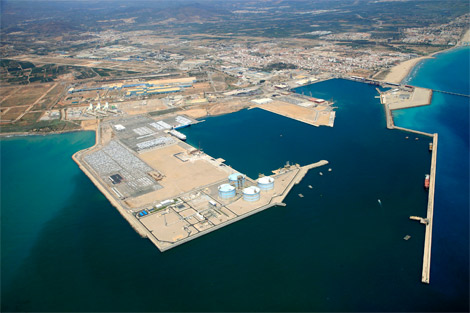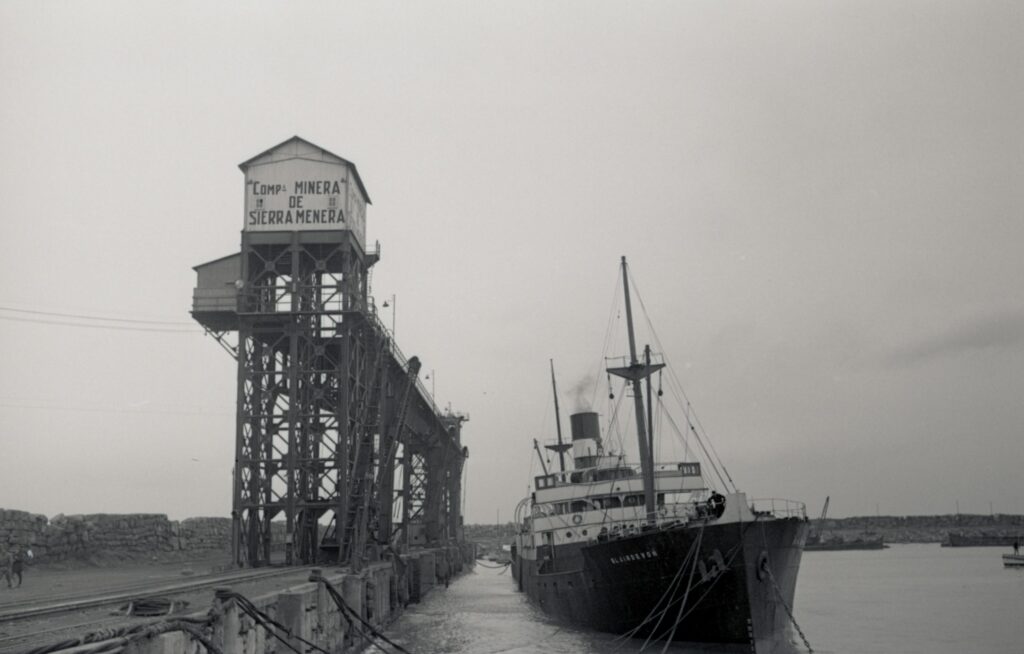Although traditionally the Port of Sagunto has specialised in the traffic of iron and steel products, this port has become multi-purpose today, opening up to new traffic such as natural gas, vehicles, containers and solid bulk.

Sagunto has consolidated its position as the main iron and steel cluster on the national level
In this sense, the Port of Sagunto plays an important role in four kinds of traffic:
Vehicles: year after year, Sagunto is acknowledged as being one of the leading ports for vehicle handling according to the ranking drawn up by the Spanish Association of Car and Lorry Manufacturers (ANFAC), which named it as the best port in Spain in 2011. It has around 50 hectares of land, which is used for vehicle logistics.
Steel products: Sagunto has traditionally specialised in iron and steel industry traffic. Over the last decade, it has consolidated its status as the leading Spanish cluster for this industry.
Liquid bulk: Since 2006, Sagunto has become one of the major ports for the maritime entry of natural gas onto the Peninsula, and in addition, in recent years it has diversified to start exporting these products to third countries.
Short Sea Shipping: The Port of Sagunto is the ideal site for developing this type of traffic, in accordance with European transport policy.
Consultar la información meteorológica del Puerto de Sagunto.
History
The roots of maritime trade in Sagunto go back to Iberian days and the Roman Empire, as various archaeological remains testify to settlements at the port. The present Port of Sagunto goes back to 11 August 1902, when the mining company Compañía Minera de Sierra Menera was granted the right to build a landing stage on the beach of Sagunto for loading minerals from the mines of Ojos Negros and Setiles in Teruel and Guadalajara provinces.

The development of the Port of Sagunto in the 20th century was closely linked to the steelmaking industry.
In 1985, ensuing from Royal Decree 2100, the Port of Sagunto was integrated within the administrative domain of the erstwhile Autonomous Port of Valencia, known today as the Port Authority of Valencia.
From the time it was founded, diverse extensions have been made to the operating area to cater for the increase in steel products traffic from companies such as Sierra Menera, Compañía Siderúrgica del Mediterráneo, Altos Hornos de Vizcaya and Altos Hornos del Mediterráneo and, more recently, to adapt to a wide variety of goods.

